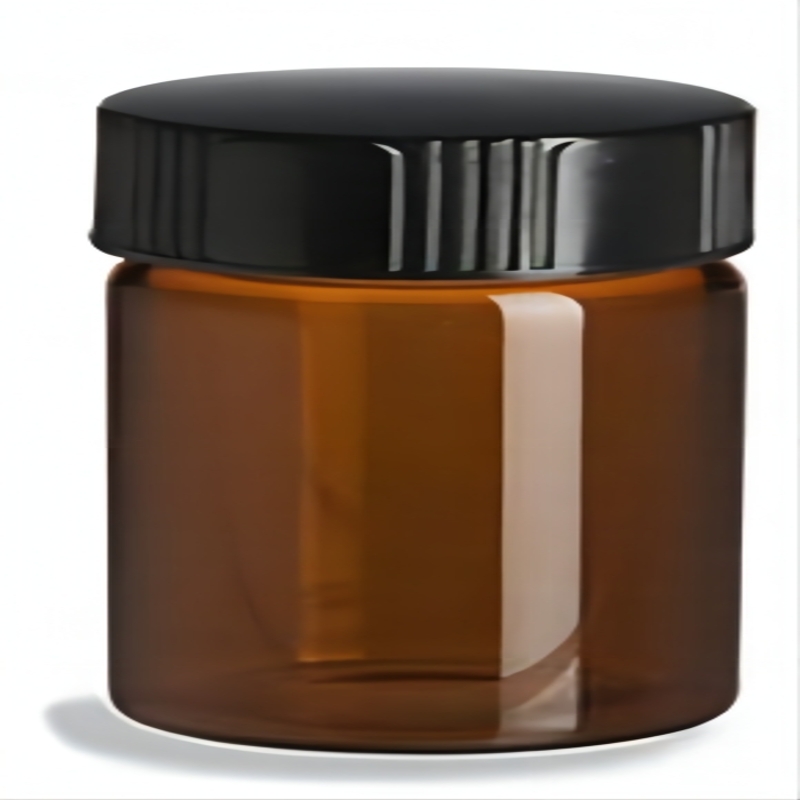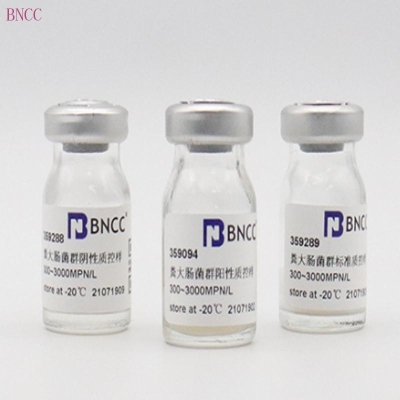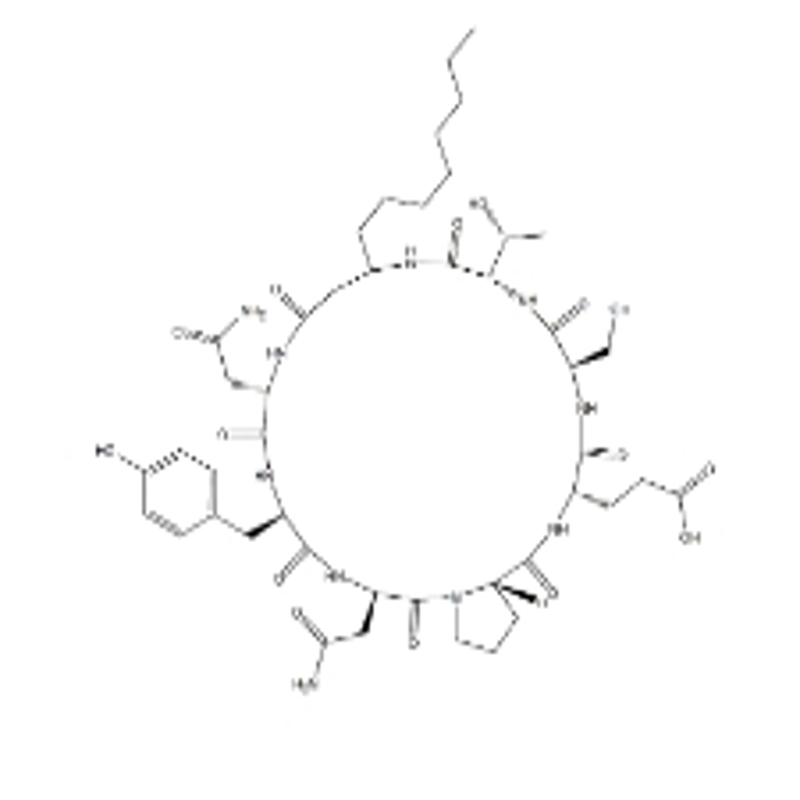-
Categories
-
Pharmaceutical Intermediates
-
Active Pharmaceutical Ingredients
-
Food Additives
- Industrial Coatings
- Agrochemicals
- Dyes and Pigments
- Surfactant
- Flavors and Fragrances
- Chemical Reagents
- Catalyst and Auxiliary
- Natural Products
- Inorganic Chemistry
-
Organic Chemistry
-
Biochemical Engineering
- Analytical Chemistry
-
Cosmetic Ingredient
- Water Treatment Chemical
-
Pharmaceutical Intermediates
Promotion
ECHEMI Mall
Wholesale
Weekly Price
Exhibition
News
-
Trade Service
Networkthe mechanism of the treatment of peptic ulcers tin dispersal treatment of peptic ulcers (PU) has been more than 10 years, the efficacy is significant, the recurrence rate is low. Animal experiments have also confirmed that the drug has the effect of promoting the healing of experimental ulcers in animals, but its mechanism of action is unknown. This study explores the therapeutic rationale by studying the effects of tin dispersion on prostatin E2 (PGE
2
), gastric progenin and stomach acid in PU patients, as well as whether helicobacter pyridobacteria (Hp) has an anti-killing effect. 1 objects and methods 1.1 objects control group a total of 20 cases, mostly hospital staff, good health, including 12 cases of men, 8 cases of women, age 21 to 58 years old, an average of 35.4 years old. From 1990-08 to 1993-04, 128 patients were diagnosed with gastroscopy, 92 cases for men and 36 cases for women, aged 15 to 72 years, with an average age of 39.8 years. The course of illness is From February to 18a, with an average of 4.2a. Among them, there were 72 cases of DU and 56 cases of stomach ulcer (GU). The ulcer diameter DU is 5mm to 10mm and the GU is 5mm to 20mm. Of these, 68 cases (DU42 cases, GU26 cases) were tested for PGE2, gastric progenitonin and stomach acid before and after treatment with tin dispersal. 60 cases (DU30 cases, GU30 cases) by gastroscopy, pathology
tissue
examination and bacteriological examination diagnosed as PU active hp-positive patients, after taking tin dispersal treatment for 4 weeks after the above review. All patients had not taken any
antibiotics
antimony, aspirin, pine, etc. before treatment. Each patient under the treatment before and after blood, urine routine examination, liver function and kidney function examination. 1.2 Method 1.2.1 Drugs selected Tianjin Chinese medicine five factory production of traditional Chinese medicine preparations tin dispersal (including pearls, qing Dai, ox yellow, ice tablets, human nails, wall charcoal and other ingredients) for research drugs, batch number (85) Zinwei medicine quasi-word No. 306, 1 day 2 oral, each 1.2g, 4 weeks for 1 course of treatment. The efficacy judgment is based on the form of ulcer under gastroscope, and the ulcer is divided into activity, healing and scarring stages according to the stage of teratogenic Lonfu.1.2.2 PGE2 determination (1) plasma PGE
2
assay: DU and GU patients in the course of treatment before and after each empty stomach blood 1 time, respectively, PGE
2
determination. (2) Gastric duoon mucous membrane tissue PGE
2
assay: at the time of gastroscopy diagnosis DU and GU and tin dispersal treatment for 4 weeks, in the middle of the stomach sinuses small bend side and from the edge of the ulcer or from the scar about 5mm, each take 2 pieces of mucous membrane for biopsy. The control group measured plasma and mucous membrane PGE
2
1 time each. PGE
2
free kits and measurement methods provided by Chinese People's Liberation Army General Hospital
Institute
Bio-Chemical Research. 1.2.3
Serum
gastric progenin assayDU and GU patients were measured 1 time before and after treatment, and only 1 serum gastroenterologist was measured in the control group. The gastric progenin medicine box produced by the China Atomic Energy Research Institute was used for assay.1.2.4 Gastric acid secretion test of five peptidesin accordance with conventional methods. DU and GU patients were tested before and after treatment, and the review was conducted within 2 days of the suspension. The control group was not set up before and after self-treatment.1.2.5 Hp detectiontake 2 mucous membrane tissues 5mm from the edge of the ulcer, 1 tissue
pathology
and bacteriological examination, and 1 electroscopic examination (20 cases in this study). In addition, in the stomach sinuses (within 50mm from the claustrophobia) to take 2 mucous membrane tissue, 1 piece to do histological pathology and bacteriological examination, 1 piece to do HP urea enzyme test. The urea enzyme test uses hp rapid diagnostic
reagent
boxes produced by Fujian Sanqiang Biochemical Co., Ltd. to determine the existence and quantity of Hp. Histological bacteriological examination using W-S silver staining method, after dyeing observation. Quantitatively graded according to the number of bacteria on tissue
slices
: 0 degrees (none), I.degrees (<10/Hp), II.degrees (10 to 30/Hp), and III.degrees (>30/Hp). The electroscope specimen is treated and observed with a transmission mirror and a scanning electroscope. Hp by urea enzyme test and photoscopic tissue bacteriological review are negative for transsexual.
statistical
the experimental results are expressed by x±S, and
t
test and significantness test. 2 results 2.1 ulcer healing condition after 4 weeks of tin dispersal treatment, the ulcer enters the scar stage for treatment and healing, enters the healing phase for improvement, and remains in the active phase as invalid. 128 PU patients were cured 105 cases (82.0%), 15 cases improved (11.7%), 8 cases were ineffective (6.3%), and the effective rate (93.7%).2.2 Effect of tin dispersion on acid secretion 42 DU patients and 26 GU patients had no significant difference in gastric acid secretion and gastric acid excretation before and after treatment (
P
>0.05), indicating that tin dispersion had no significant effect on gastric acid secretion. 2.3 Effects of tin dispersion on serum gastroenterologists42 DU patients and 26 GU patients with serotonin content before and after treatment can be found in Table 1.1 Effect of tin dispersion on serum gastroenterologist and PGE
2(ng/l, x±S)group nGastroenterologistplasma PGE
2control 20 78.5±7.6 1001.8± 439.3 DU 42 67.7±20.0 1001.4±399. 7 after treatment 76.7±21.9 1215.9± 314.7
AGU
treatment before 26 84.7±23.0 936.0±249.6 After treatment 83.3±22.6 1165.2±336.3
B P
<0.05,
b P
<0.01, vs pre-treatment Table 1 shows no significant difference in serum gastroenterine content before and after treatment in PU patients (
P
>0.05), indicating that tin dispersion has no significant effect on the release of gastrogene in DU and GU patients. 3.4 Effects of tin dispersion on blood PGE
2
and gastric duoodes PGE
2
content There was no significant difference between plasma PGE
2
content in pre-treatment DU and GU patients compared with the control group (
P
>0.05), but the plasma PGE
2
content was significantly higher than before treatment (DU,
P
<0.05, GU,
P
<0.01). It is suggested that tin dispersion can increase the
PGE
2 in blood. Before and after treatment, PGE 2 levels of PGE 2 in the stomach and 12-fingered intestinal mucous membrane tissue
68
PU patients were measured, as in Table 2. table 2 effects of tin dispersion on PGE2 content of gastrointestinal mucous membrane tissue in patients
(ng/l, x±S) group n pre-treatment treatment control 20 615±12.9 DU 42 edge 49 1.4±32.1
648.8±36.2
b Gastric Sinuses 512.7±11.7
a655.8±42.2
b







